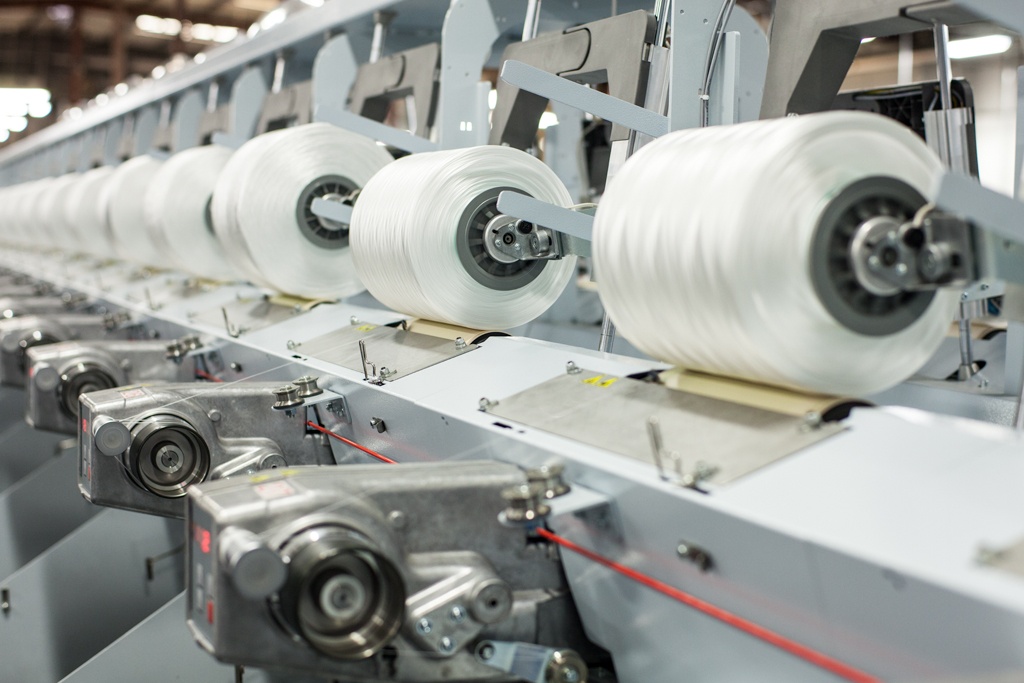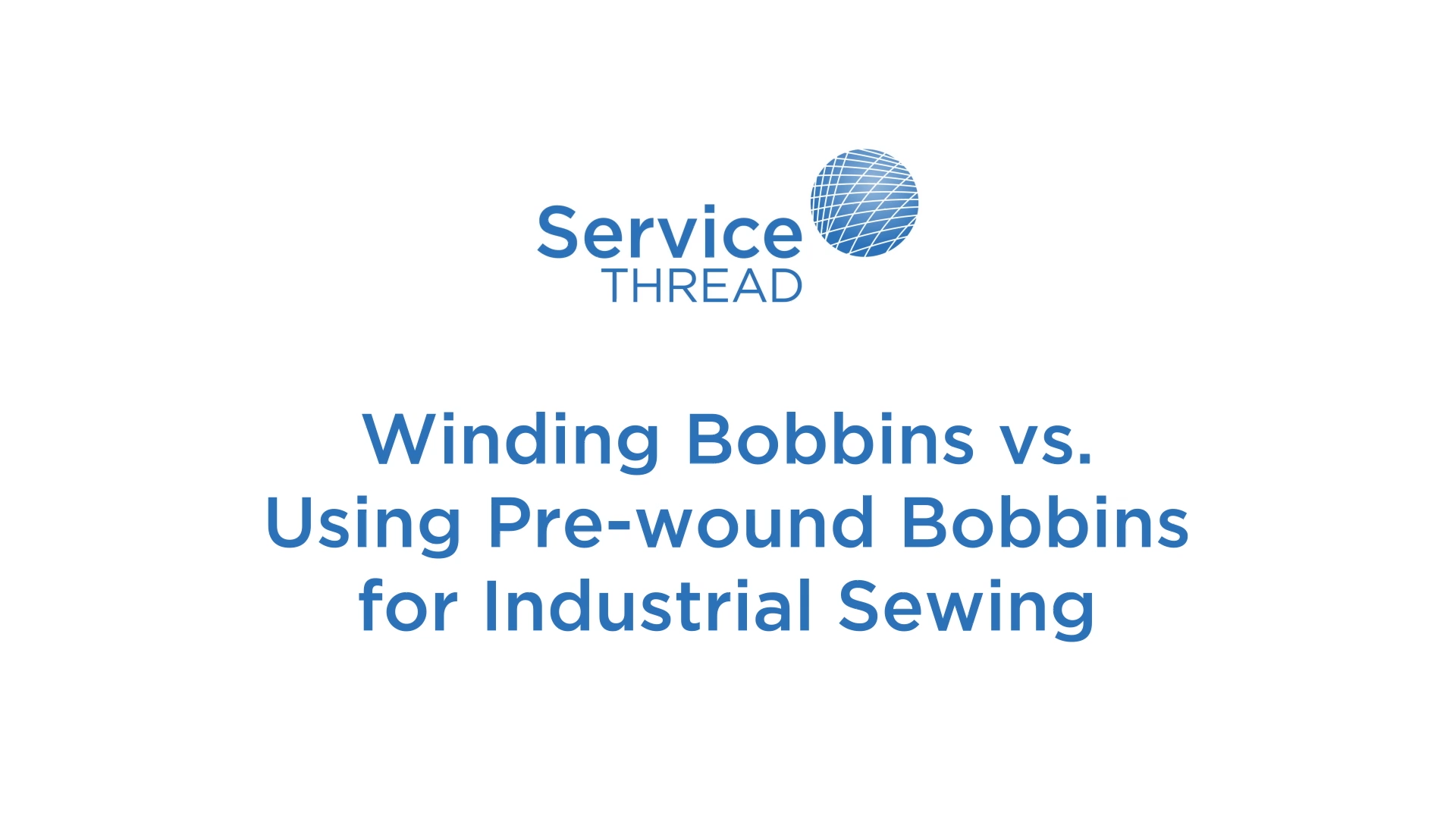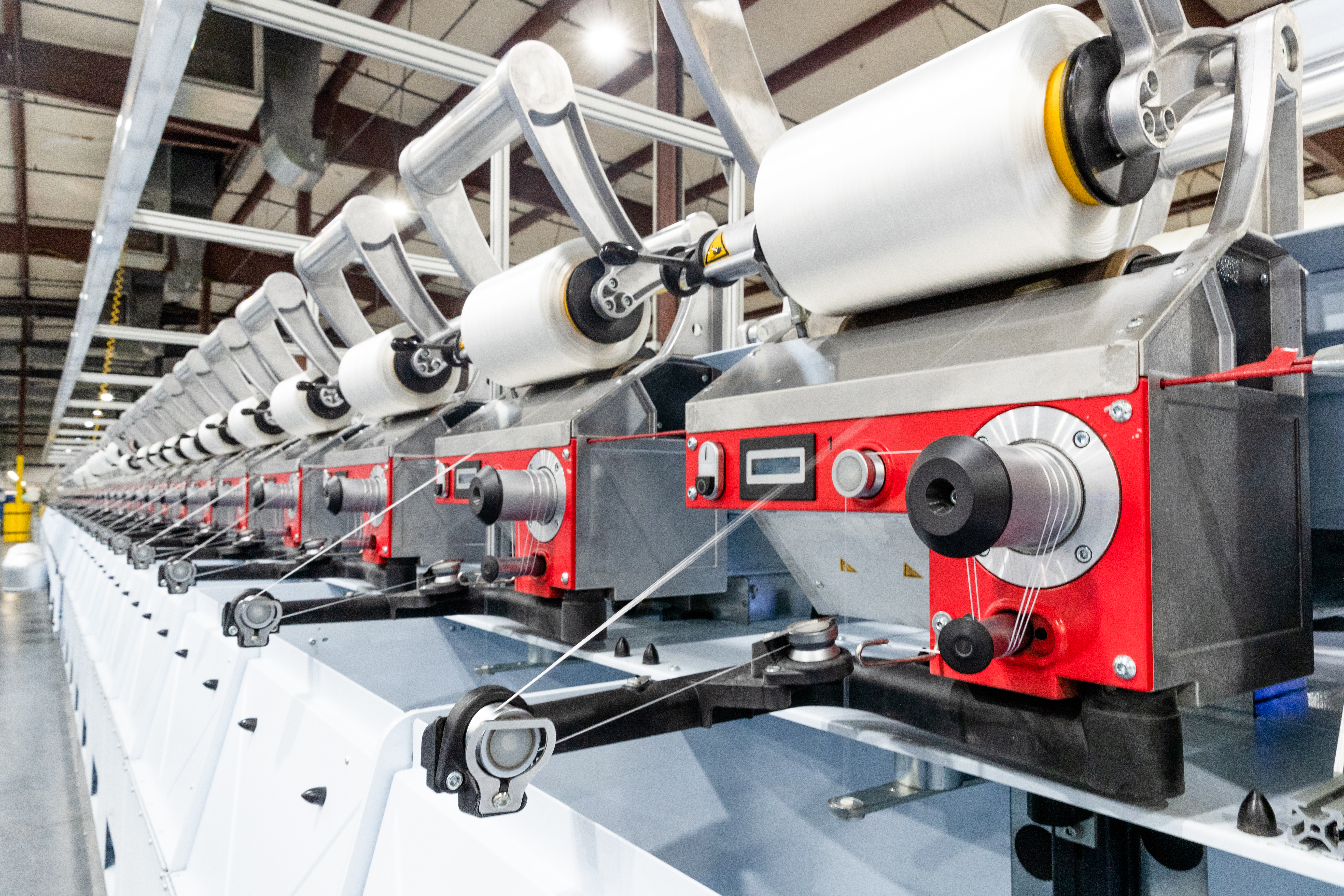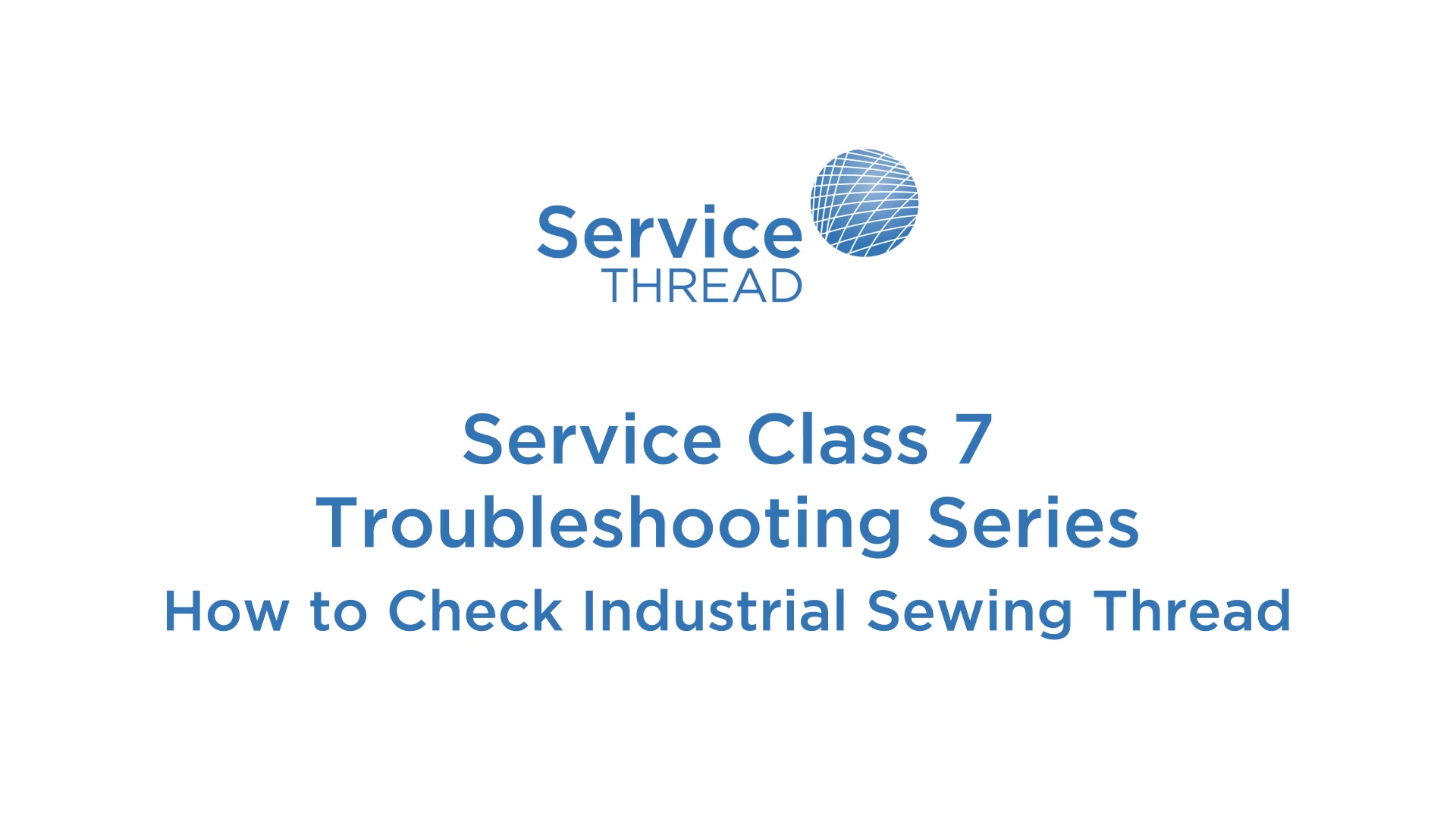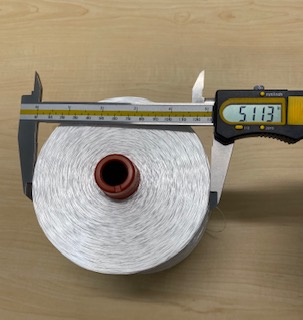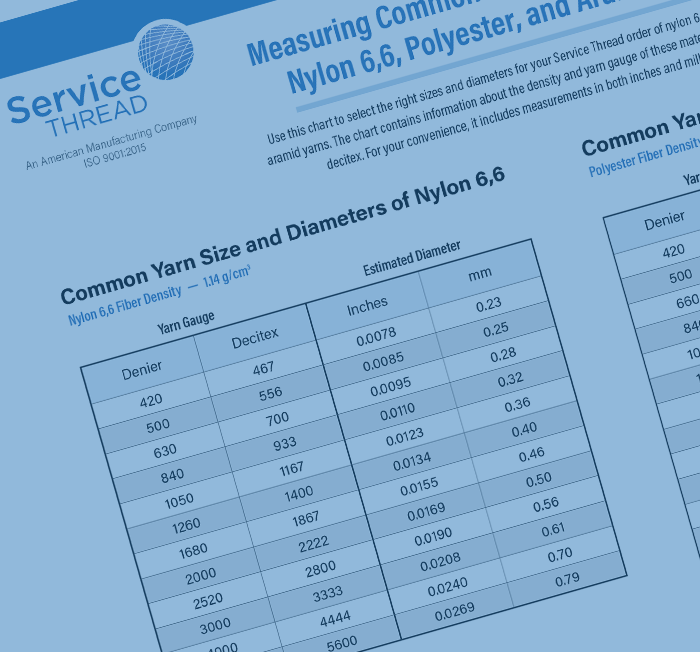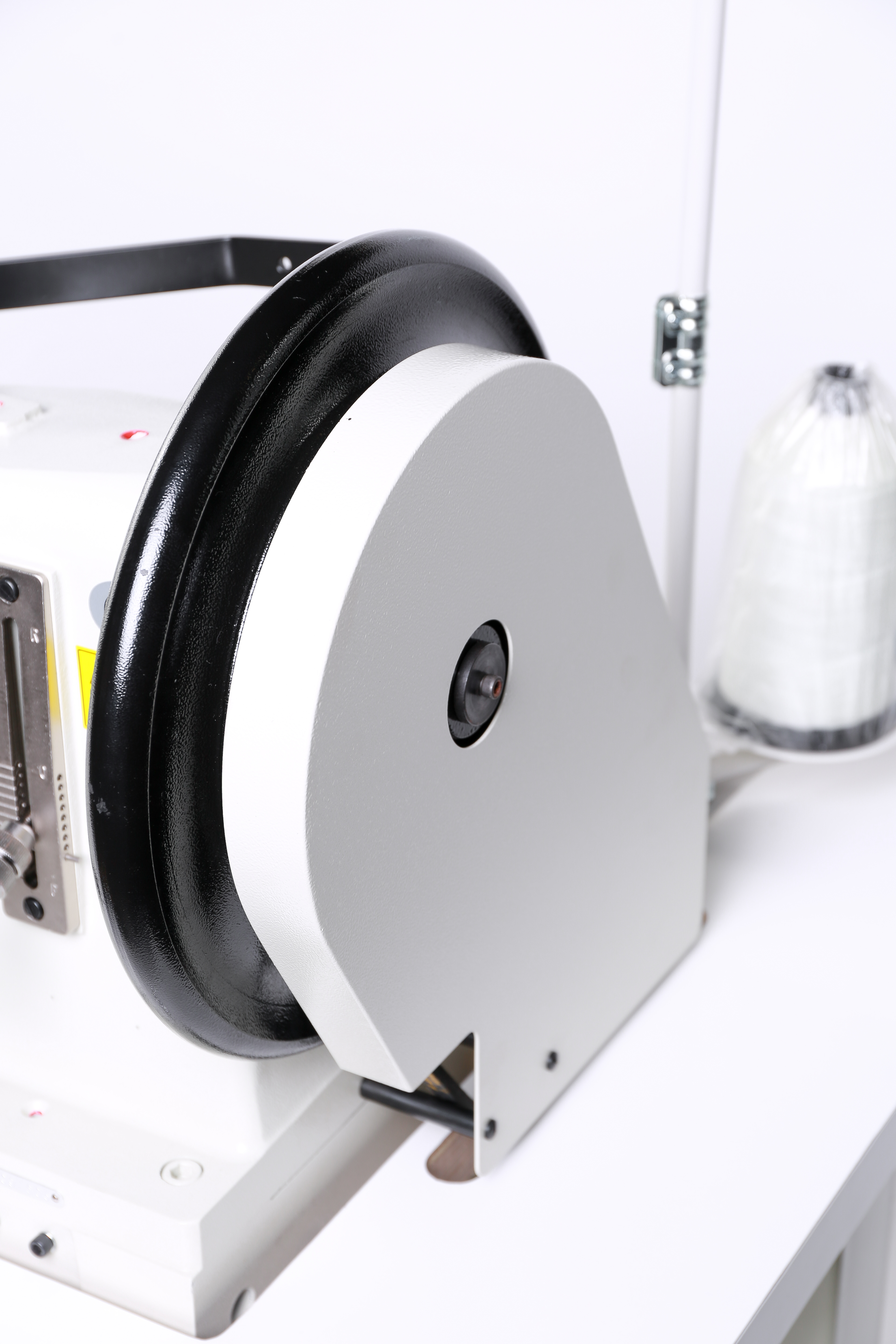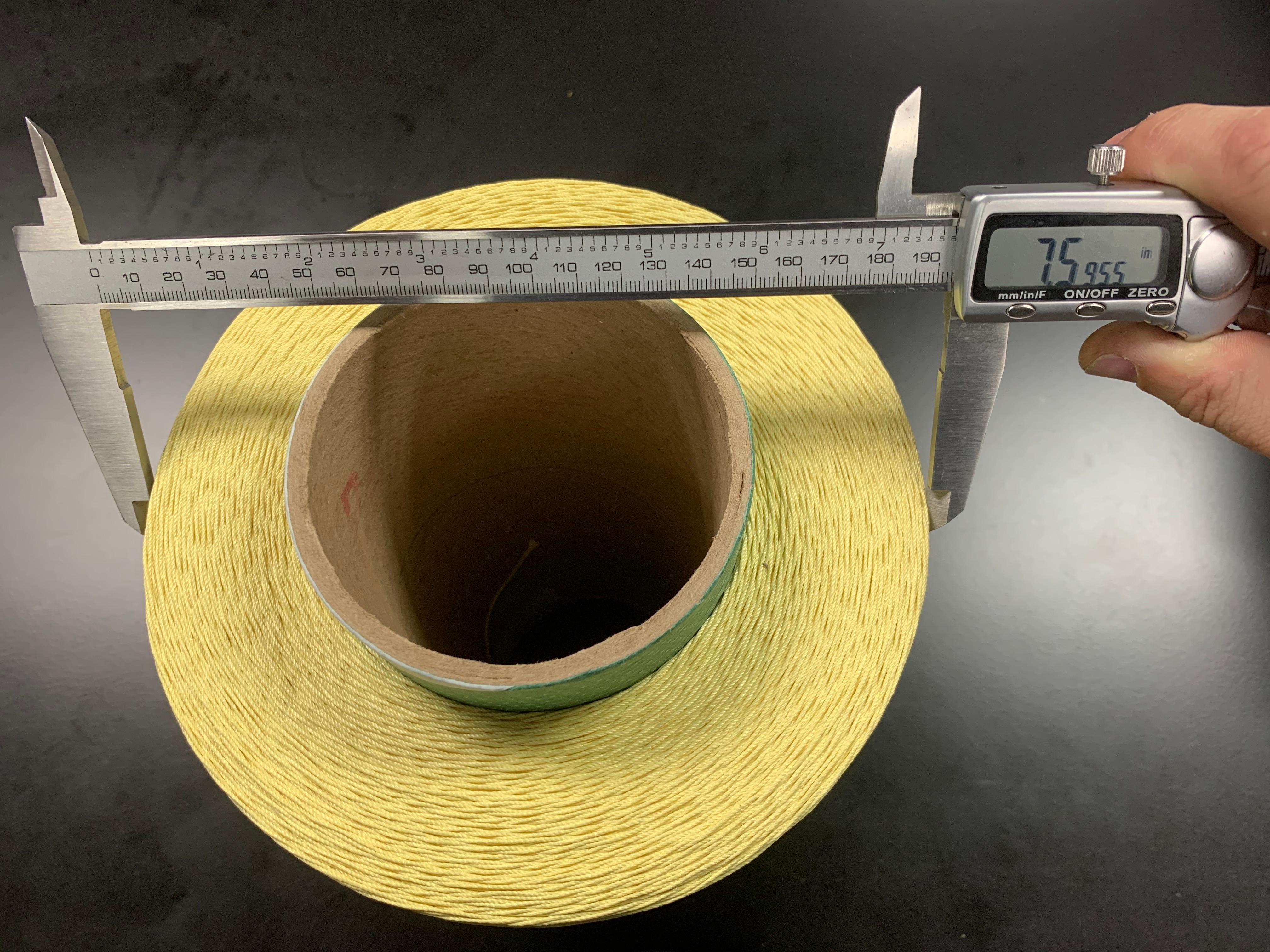Polyester is a category of polymers, and all polyesters share certain characteristics however there are some significant differences in physical properties among all the types of multifilament polyester. Not all polyesters are the same.
Read more- By Dane Hatcher
- 01/04/21
- 0 Comments
Are you wondering whether its more beneficial for you to wind your own bobbins in-house or purchase pre-wound bobbins from a thread manufacturer?
Read more- By Service Thread
- 12/04/20
- 0 Comments
In October 2017 DuraFiber Technologies, previously Performance Fibers, once a leading US supplier of high-tenacity polyester fibers, engineered fabrics, sewing threads and advanced materials, closed its three facilities in the United States
DuraFiber produced a number of widely used types of polyester in the United States and the different types are still referenced by companies searching for quality alternatives today. Many of the available alternatives happen to have more consistent properties with tighter tolerances but this ultimately depends on the type of alternative polyester.
Read more- By Dane Hatcher
- 10/23/20
- 0 Comments
Checking your sewing thread regularly is the best way to prevent wearing and shedding that can harm your sewing process.
In this video, Service Thread Sewing Sales and Tech Support Manager Dane Hatcher demonstrates how to check your thread for UV damage, look for bond separation, examine the twist level, check the bobbin tack, and make sure you have enough lube in the top thread.
Read more- By Service Thread
- 10/09/20
- 0 Comments
Hose manufacturing partners running high tenacity polyester, nylon and para-aramid yarns all strive for one thing: lower manufacturing costs. There are many cost cutting methods, but the most effective are automation and faster line speeds. Faster line speeds often depend on equipment capabilities, design and material supply.
Read more- By Eric Shippee
- 09/28/20
- 0 Comments
- By Dane Hatcher
- 09/15/20
- 0 Comments
You can determine sewing speed without using any type of specialized tools. Simply follow the steps outlined below.
Read more- By Ryne Bullock
- 09/09/20
- 0 Comments
The tubes and packages you choose for your industrial yarn and thread can have a big impact on your production efficiency. They affect your process, your ability to operate at high speeds, your rate of slowdowns, your overall productivity, and ultimately your success as a company.
Read more- By Dane Hatcher
- 08/28/20
- 0 Comments
If your machine’s tension is wrong, you’ll deal with thread shedding, pulling, and breakage, plus poor stitch quality.
In this video from our troubleshooting series, Service Thread Sewing Sales and Tech Support Manager Dane Hatcher demonstrates how to adjust your bobbin tension, how to avoid common mistakes, and how to know when the tension is just right.
Read morePolyester is a category of polymers, and all polyesters share certain characteristics however there are some significant differences in physical properties among all the types of multifilament polyester. Not all polyesters are the same.
Read moreWinding Bobbins vs. Using Pre-wound Bobbins for Heavy Duty Sewing Applications
- By Dane Hatcher
- 01/04/21
- 0 Comments
Are you wondering whether its more beneficial for you to wind your own bobbins in-house or purchase pre-wound bobbins from a thread manufacturer?
Read moreIn October 2017 DuraFiber Technologies, previously Performance Fibers, once a leading US supplier of high-tenacity polyester fibers, engineered fabrics, sewing threads and advanced materials, closed its three facilities in the United States
DuraFiber produced a number of widely used types of polyester in the United States and the different types are still referenced by companies searching for quality alternatives today. Many of the available alternatives happen to have more consistent properties with tighter tolerances but this ultimately depends on the type of alternative polyester.
Read moreChecking your sewing thread regularly is the best way to prevent wearing and shedding that can harm your sewing process.
In this video, Service Thread Sewing Sales and Tech Support Manager Dane Hatcher demonstrates how to check your thread for UV damage, look for bond separation, examine the twist level, check the bobbin tack, and make sure you have enough lube in the top thread.
Read moreLower Manufacturing Costs By Increasing Hose Production Line Speeds
- By Service Thread
- 10/09/20
- 0 Comments
Hose manufacturing partners running high tenacity polyester, nylon and para-aramid yarns all strive for one thing: lower manufacturing costs. There are many cost cutting methods, but the most effective are automation and faster line speeds. Faster line speeds often depend on equipment capabilities, design and material supply.
Read moreYou can determine sewing speed without using any type of specialized tools. Simply follow the steps outlined below.
Read moreThe tubes and packages you choose for your industrial yarn and thread can have a big impact on your production efficiency. They affect your process, your ability to operate at high speeds, your rate of slowdowns, your overall productivity, and ultimately your success as a company.
Read moreTroubleshooting Series - Industrial Sewing Tension Setting Tutorial
- By Dane Hatcher
- 08/28/20
- 0 Comments
If your machine’s tension is wrong, you’ll deal with thread shedding, pulling, and breakage, plus poor stitch quality.
In this video from our troubleshooting series, Service Thread Sewing Sales and Tech Support Manager Dane Hatcher demonstrates how to adjust your bobbin tension, how to avoid common mistakes, and how to know when the tension is just right.
Read more

